UNITIVE LEADERSHIP
Transforming the way we lead to create connection
“Leadership is not a position or a title, it is action and example.”
The world needs Unitive Leaders now more than ever!
Anyone can be a Unitive Leader—in their organizations, communities, schools, churches, and anywhere there is an opportunity to practice unitive leadership. You do not need to be in a leadership position to be a Unitive Leader.
You can be the change you wish to see in this world.
Did you know…
“Seventy-six percent of people globally believe their country is divided, and 59 percent believe it is more divided today than it was 10 years ago.”
“The Institute for Economics and Peace estimates that conflict and violence cost us $13.6 trillion in 2015.
In 2016 the price tag was even higher, at $14.3 trillion, or 12.6% of global GDP, according to the World Humanitarian Data and Trends report by the UN Office for the Coordination of Humanitarian Affairs (OCHA).”
“67% of employees are disengaged
51% of employees are seeking other employment”
“Conflict takes up 2.8 hours per week for the average employee. That translates into 385 million working days a year.”
“According to Pew, in 2018 more than a quarter of the world’s countries experienced a high incidence of hostilities motivated by religious hatred, mob violence related to religion, terrorism, and harassment of women for violating religious codes.”
The Unitive Leadership Solution
Unitive Leadership, based on Unitive Justice Theory, is a new paradigm that fosters connection, cooperation, communication and a recognition of our shared humanity.
When leaders anywhere practice punitive styles of leadership, there tends to be greater conflict, competition, distrust, and dishonesty in the group or organization being led. Many leaders who try to practice Unitive Leadership get frustrated because they are leading in systems with punitive structures in place. And we know changing culture can take years. However, there are small steps we can take to be more unitive in our leadership that help us create groups, organizations and businesses that are far more likely to be effective, successful, and productive with engaged and committed members.
Photo by rawpixel
Unitive Leadership ARCS
Unitive Leadership uses the same 14 Arcs found in Unitive Justice Theory with one exception: instead of Control to Self-Governance, Arc 2 is Control to Empowerment. To be truly Unitive, all leaders must practice self-governance before embarking on Unitive Leadership in the first place.
These Arcs are a spectrum, not either/or, and, if embedded into the group or organizational culture, moving to the unitive side of the Arc will allow for more synergy, creativity, trust, higher productivity and a more harmonious and peaceful environment for all. What’s more, leaders will be able to spend less time on interpersonal conflict and more time on the true work of the group or organization.
Where there is Unitive Leadership, those in the group or organization have crucial conversations that get to the root causes of problems so issues can be permanently resolved. When used in conjunction with reflective listening, unitive conflict techniques and Restorative Justice Circles the group, organization or businesses is transformed.
Rules to Values
Control to Empowerment
Deception to Honesty
Judgment to Insight
Distrust to trust
Self doubt to courage
Proportional revenge to lovingkindness
Self-Interest to Community
Hierarchy to Inclusion
Punishment to connection
compliance to mutually beneficial action
Event to context
opposition to synergy
Fear to Love

